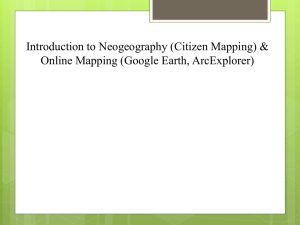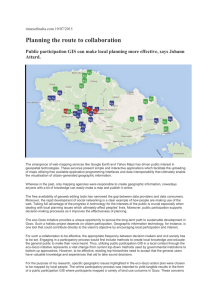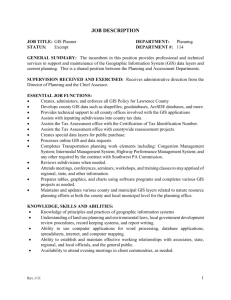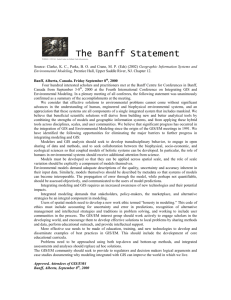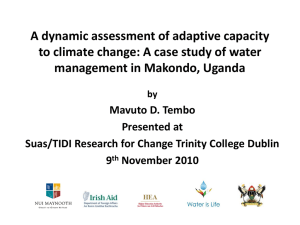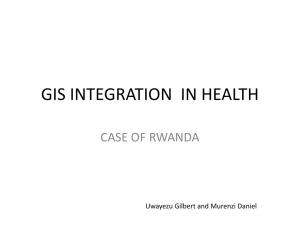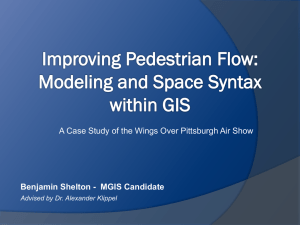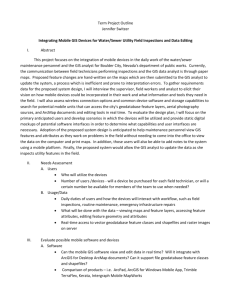A decade of participatory mapping – the road to Mapping for Change
advertisement
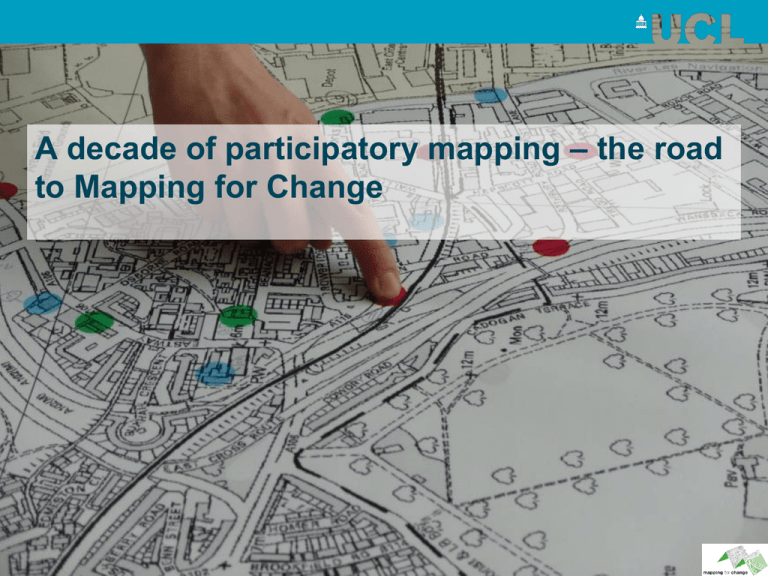
A decade of participatory mapping – the road to Mapping for Change Participatory GIS – a decade ago Using mapping at the community level • Expensive software • Difficult to use • Availability of data Using mapping on the internet • Slow connections • Small display area • Limited number of users • Not fun! Source : OfCom 2009s http://maps.google.co.uk/ OpenStreetMap (Image source: OpenStreetMap) Positive aspects • Web-based mapping easy and fast • More data available for merging and integrating • Inexpensive and free GIS • Base map information available Socio-economic disparities Remaining problems • Spatial literacy (map reading) • Usability of GIS and web mapping applications • Bridging the skills gap • ‘So what?’ – linking information to action Citizen Science • Usually, the collection of scientific observations by volunteers who are not trained or professional scientists • However, citizens can also participate in defining the problems, envisioning possible projects and participate in the analysis • Can (and should) participate in the discussion of the results of what they’ve collected Archway Pedestrian Surveys were carried out in collaboration with Space Syntax who specialised in pedestrian movement analysis Saturday 12:00 to 14:00 500 to 700 350 to 500 200 to 350 100 to 200 1 to 100 Space Syntax Noise Mapping School Community Centre School Scrap yard Mapping for change • Online and offline mapping • Extensive community engagement knowledge • Integrating community mapping and citizen science • Producing action relevant maps

